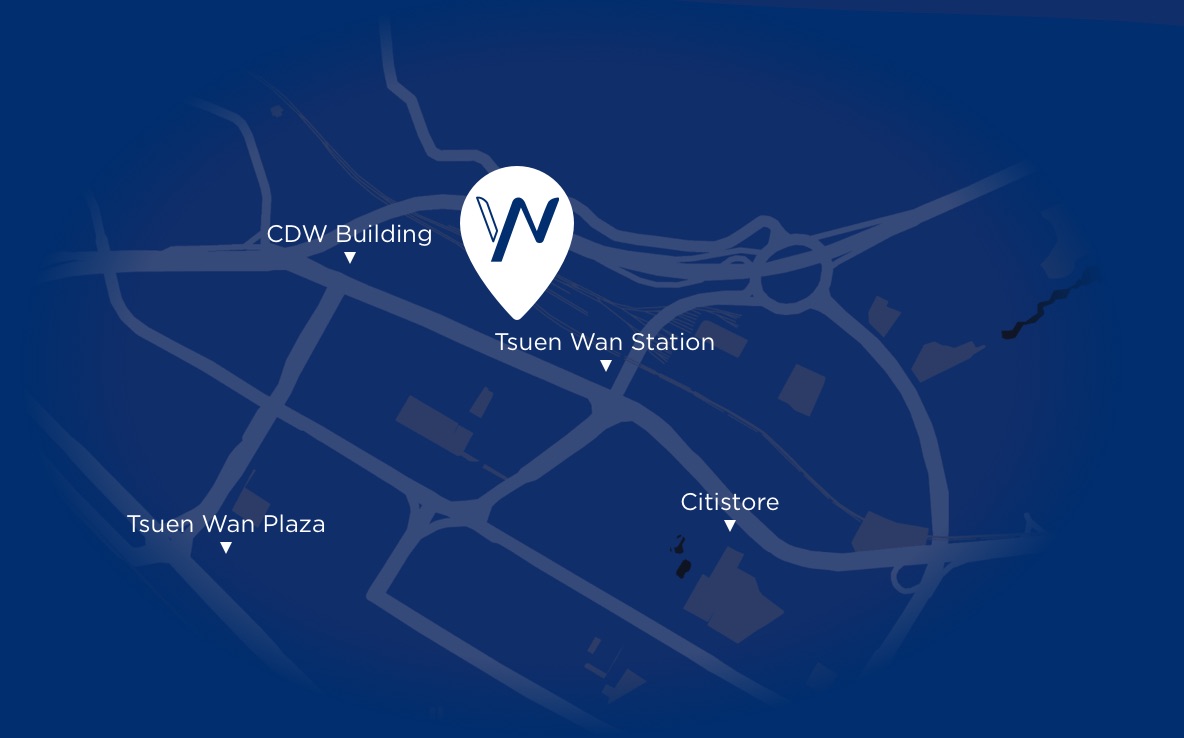Hong Kong’s reputable professional services from legal to banking, makes it the ideal foothold for foreign firms looking to enter the mainland Chinese market through its holding companies. The city’s financial infrastructure allows easy remittance between international firms and their mainland subsidiaries, while its independent legal system offers the assurance of strong protections and legal separation of entities. International firms can also take advantage of Hong Kong’s special tax arrangements with the mainland to maximize their returns.
Through Hong Kong holding companies, foreign parent companies can create subsidiary companies in Mainland China in the form of a Wholly Foreign-Owned Enterprise (WFOE), or a Joint Venture (JV). Under this setup, WFOEs are fully owned by the Hong Kong holding company, while JVs are partly owned by the Hong Kong holding company, and by a partnering mainland Chinese entity.
In this article we’ll go over the benefits foreign companies can reap through utilizing Hong Kong’s special relationship with China.
Pay less tax and receive higher returns
Hong Kong’s territorial tax system is simple relative to other jurisdictions, with no value-added tax (VAT), no capital gains tax, no withholding tax on dividends, and no tax on offshore-sourced income. The territory follows a two-tier profits tax regime that only charges taxes on profits sourced in Hong Kong, where the first HK$2 million of profits is taxed at 8.25%, while the remainder of profits over HK$2 million is taxed at 16.5%.
In addition, Hong Kong’s special relationship with the Mainland entitles Hong Kong businesses to a Double Taxation Arrangement (DTA). The arrangement includes several key features, where:
- Dividends sourced outside Hong Kong are not subject to Hong Kong’s withholding tax,
- Dividends paid by the mainland subsidiary to the Hong Kong holding company are exempt from Hong Kong’s withholding tax, and
- Mainland withholding tax rates on dividends declared by the mainland subsidiary are reduced
For foreign companies, this means that dividends generated in mainland China can be channeled through the Hong Kong holding company with minimal tax exposure, allowing them to retain more of their dividends. Let’s illustrate with the following scenarios:
Scenario 1: Direct Foreign-Ownership (No Hong Kong Holding Company)

In the first scenario, a non-Hong Kong foreign parent company directly creates a WFOE or JV on the mainland. Under this structure, a mainland subsidiary making US$1,000,000 in profits will be charged with a 10% withholding tax, resulting in the foreign parent company receiving US$900,000 in dividends.
Scenario 2: WFOE or JV Ownership via Hong Kong Holding Company

In the second scenario, the foreign parent company created a Hong Kong holding company, and through the Hong Kong holding company, created a WFOE on the mainland. The US$1,000,000 generated by this mainland subsidiary is remitted to the Hong Kong holding company under the Double Tax Arrangement of 5% or US$50,000, half the withholding tax withheld in the previous scenario.
Once the taxed sum of $950,000 reaches Hong Kong, they can be remitted back to the foreign parent company intact under the Double Tax Arrangement.
| Direct Foreign-Ownership | Ownership via HK Holding Company | Tax Savings | |
|---|---|---|---|
| Withholding Tax Charged | US$100,000 | US$50,000 | US$50,000 (+5.56% of dividend) |
| Net Dividend Received | US$900,000 | US$950,000 |
Easy and Quick Remittance Process In and Out of China
Mainland China’s strict capital controls can make it difficult for foreign companies to remit funds to their China operations. This difficulty can be mitigated through using a Hong Kong holding company to move funds in and out of China.
To do so, the foreign parent company can first remit funds to the Hong Kong holding company in any currency. From there, the Hong Kong holding company will exchange the funds into Chinese Yuan (CNY), before being remitted to the Mainland subsidiary as an investment. The same happens in reverse.
Protect your assets outside of Mainland China
The Hong Kong holding company structure offers legal protections for foreign investors operating in Mainland China. As mentioned, Hong Kong’s legal system, based on British common law, strictly upholds the principle of separate legal personality. This means that any liabilities incurred by a mainland subsidiary cannot be attributed to the Hong Kong holding company.
This separation creates an effective legal moat between assets held through the mainland subsidiary and other assets held through the Hong Kong holding company, protecting any profits received by the Hong Kong holding company. This is particularly valuable given the different legal systems and business environments between mainland China and Hong Kong, where disputes involving a Hong Kong holding company will often be resolved in Hong Kong courts, often viewed as more neutral by international businesses.
How to Establish Your Hong Kong-China Company Structure
Setting up a Hong Kong holding company for mainland China operations is a straightforward process:
- Incorporate your Hong Kong holding company. This requires submitting incorporation forms (NNC1 for a company limited by shares), any articles of association, and a Notice to Business Registration Office (IRBR1 form) to the Companies Registry. After paying the registration fee, you’ll receive a Certificate of Incorporation, officially establishing your company.
Your new Hong Kong holding company will require at minimum one shareholder, one director, and a company secretary. The company secretary must either be a natural person ordinarily residing in Hong Kong or a body corporate with a registered office in Hong Kong, but shareholders or directors do not have to be from Hong Kong or reside in Hong Kong, allowing full foreign ownership. - Open a corporate bank account in Hong Kong. Opening a bank in Hong Kong has become more streamlined in recent years, allowing foreign owners to remotely open accounts with an increasing number of large local banks. To open an account, banks will request the company’s Certificate of Incorporation, Articles of Association, and information about the company’s beneficial owners.
- Set up the mainland China subsidiary. This process follows mainland Chinese regulations and typically involves approval from various government departments. The Hong Kong parent company will be the shareholder of this mainland entity, creating the parent-subsidiary relationship.
The process can be overwhelming for the uninitiated due to the requirements, restrictions, and approval procedures, so finding a local Hong Kong firm familiar with the application process for assistance can save you a lot of time and headache.
Conclusion
For foreign companies looking to expand into mainland China, establishing a mainland subsidiary through a Hong Kong holding company allows them to take advantage of Hong Kong’s unique relationship with the mainland, affording them legal protections for their assets and operations, tax-friendly arrangements, and easy remittance channels.
Tap into the world’s second-largest market and start your China journey today!











